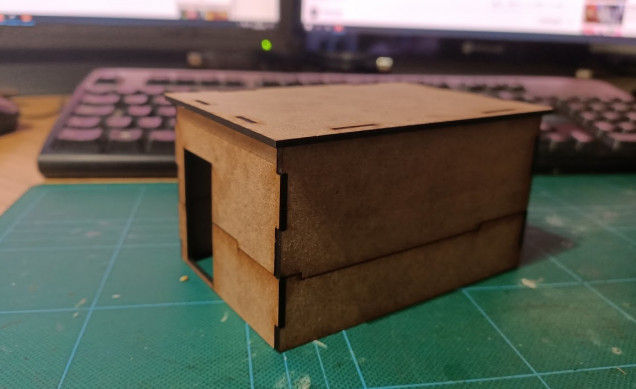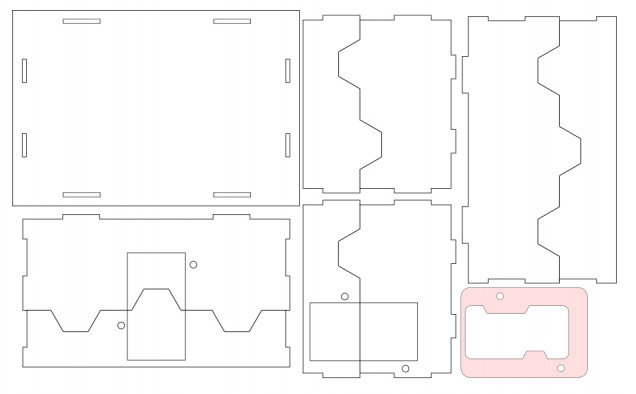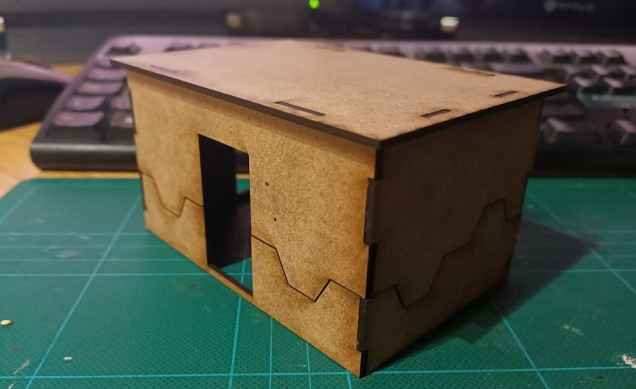Cyberpunk city mdf buildings
Laser cutting mdf
My app-based electronic game idea uses a 1.5″ grid, which means most pre-existing terrain works well with it (since most terrain uses a 1″ grid system). Since most pre-existing terrain doesn’t actually have a hard-printed grid on it, placing 3 x one-inch pieces to fill 2 x 1.5″ squares is really easy.
All that said, I couldn’t really find anything I wanted to use for a cyberpunk *city* map – plenty of Infinity type space-ship interiors and hi-tech industrial sector table-fillers, but very little in actual city buildings (preferably with playable interiors).
So I set about making some myself.
I’ve owned an HPC LS3020 laser cutter for about ten years, and used it to create loads of prototype gadgets and products over the years (including miniature playable guitars that Mattel paid $10k for a 90-day option on, which more than covered the initial £2k outlay back in 2010).
Since getting an FDM 3d printer last year, and having a resin printer in January, the poor old laser cutter has been playing gooseberry, sitting rather forlorn and unloved in the corner of the workshop. I decided it was time to put it to use!
I actually prefer working in 2d, and rather enjoyed designing some 3×2 based buildings (4.5″ x 3″ footprint). I wanted them to split across the middle, so that the interiors could be playable (hey, who wants to always walk around buildings in a city, when you can go into, and through them?)
My first designs just had a simple horizontal split, but in use, it was all too easy to knock the tops off the buildings as you moved your minis around the tiny cityscape.
Even with a small step in the split (to aid lining up the two halves) lifting off the “lids” and replacing them during gameplay was often awkward.
So I came up with a sci-fi friendly hex-based split pattern. It was, admittedly, a risk at first, and a pain to get everything to line up properly, but the end result looked quite satisfying.
The resulting hex-based split not only looked sci-fi cool (this is for a sci-fi city after all) but worked really well too.
When simply dropping the top half of a building onto the base, the hex-patterns help drag the walls into place; when all four walls are trying to pull the “lid” part into place, the end result is a top section that always just falls into the perfect position (every time!)





























![TerrainFest 2024 Begins! Build Terrain With OnTableTop & Win A £300 Prize! [Extended!]](https://images.beastsofwar.com/2024/10/TerrainFEST-2024-Social-Media-Post-Square-225-127.jpg)
















































Leave a Reply